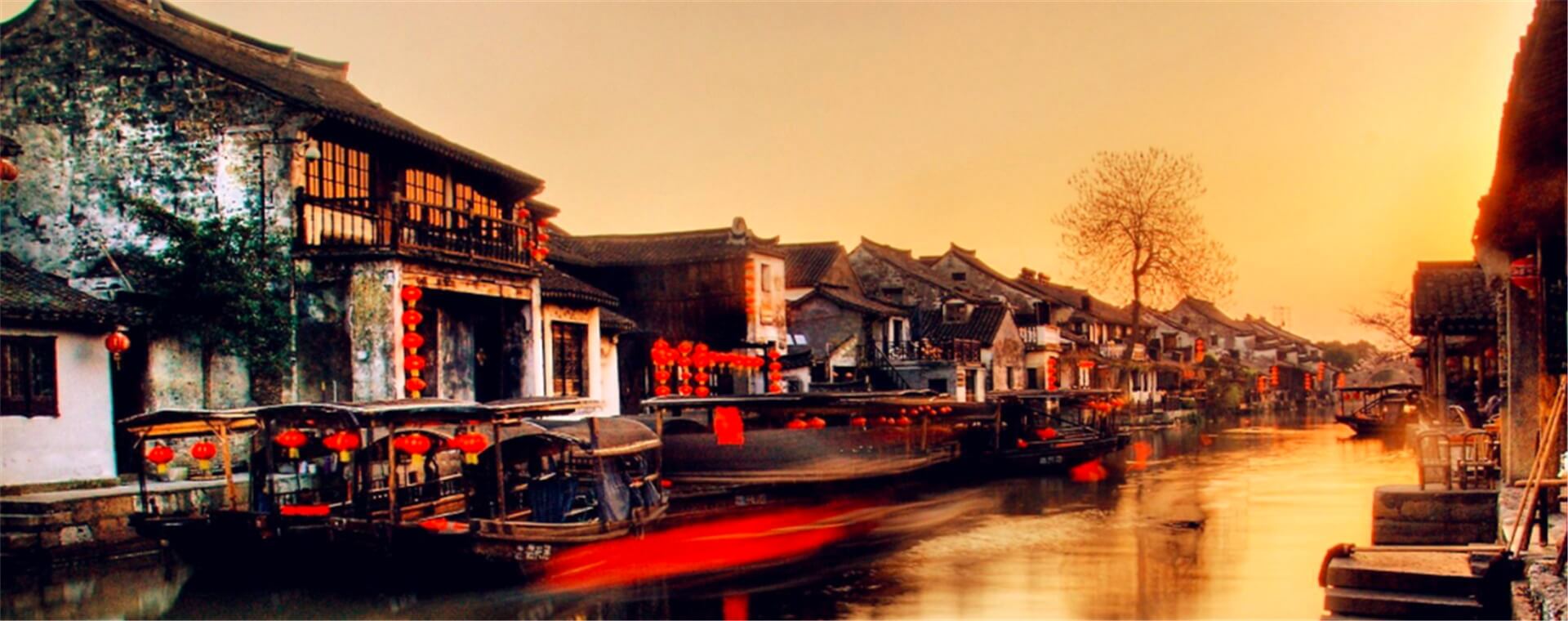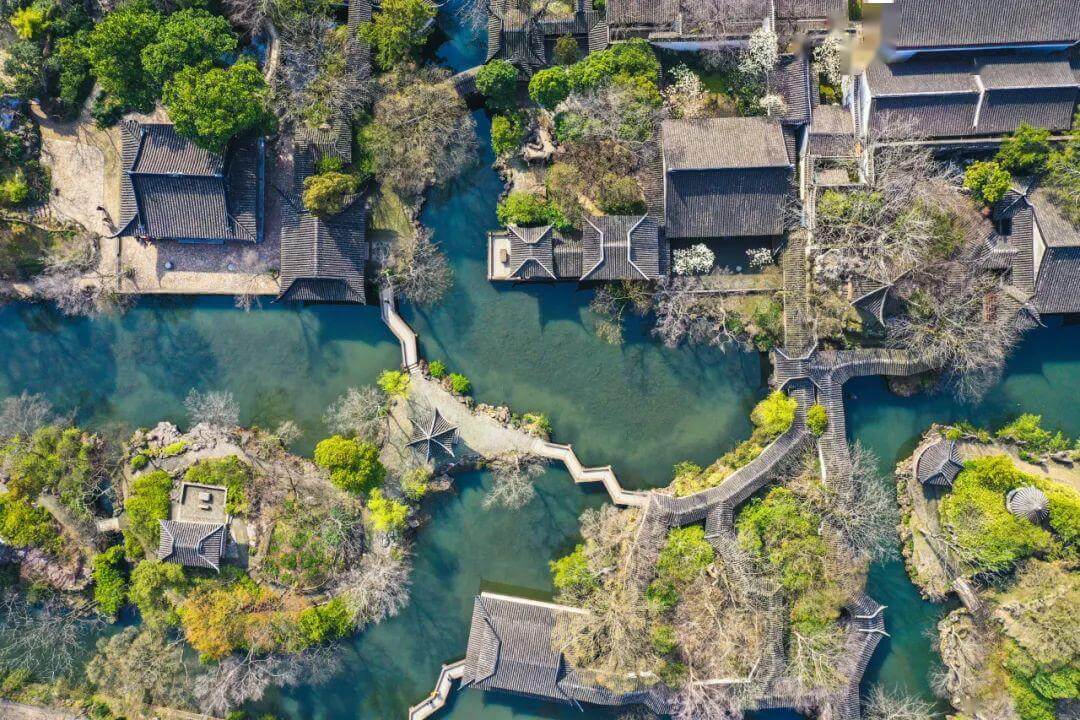
The Humble Administrator’s Garden is the largest and most famous classic garden in Suzhou. Its exquisite beauty, artistic value, and historic significance established the garden, as one of China’s four most famous gardens, the other three being the Summer Palace in Beijing, the Mountain Resort of Chengde in Hebei Province, and the Lingering Garden in Suzhou. It also listed as a World Cultural Heritage site by the United Nations Educational,Scientific,and Cultural Organization in 1997. Covering an area of 52,000 square meters, the Humble Administrator’s Garden began to built-in 1509 AD during the Ming Dynasty and was finished after 16 years of elaborate work. The private residence is a government administrator named Wang Xianchen. It was said that he was tired of official life and want to build himself a garden to do some gardening work like planting trees and vegetables, which he believed should be a life of a humble man.
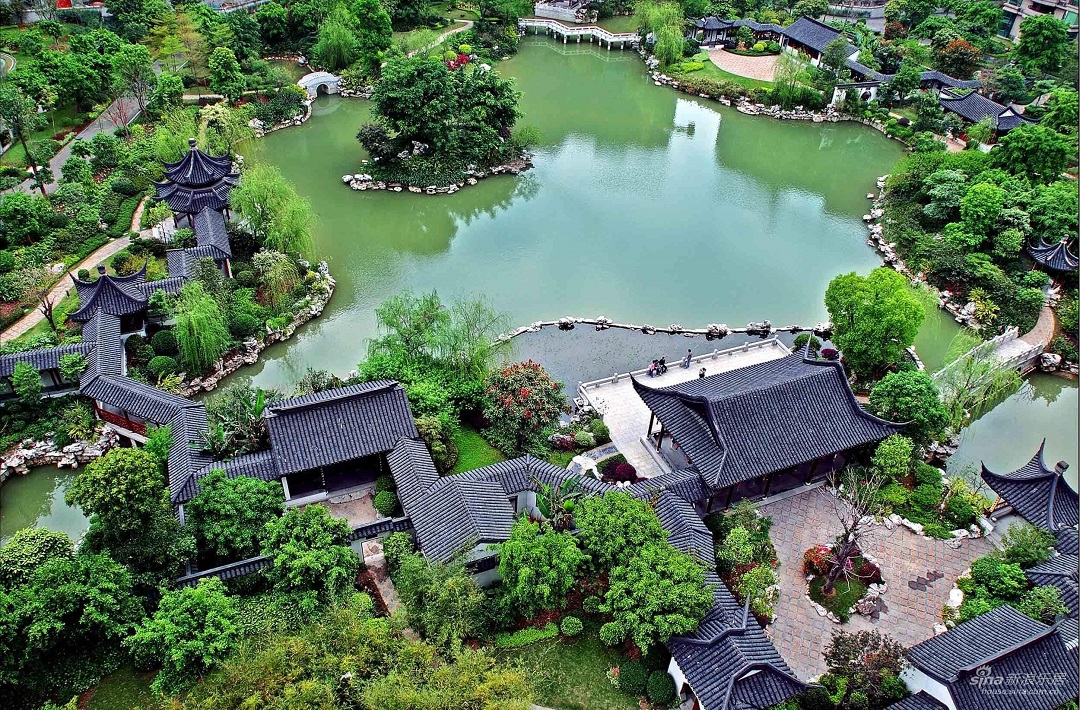
In 1513, Wang Xiancheng, a government administrator and poet of the Ming Dynasty, created a garden on the site of the Dahong Temple which had been burnt out during the Ming conquest. In 1510, he retired to his native home of Suzhou on the occasion of his father’s death. He had experienced a tumultuous official life punctuated by various demotions and promotions, and gave up his last official post as a magistrate of Yongjia county in Zhejiang province, and began to work on the garden. This garden, meant to express his fine taste, received close attention from the renowned artist, a Suzhou native, and his friend, Wen Zhengming. The garden was named by a verse of a famous scholar-official of the Jin Dynasty, Pan Yue, in his prose he said “I enjoy a carefree life by planting trees and building my own house…I irrigate my garden and grow vegetables for me to eat…such a life suits retired official like me well”. It took 16 years to complete. Wen Zhenming wrote an essay for this Garden and painted Landscapes of it in 1533 including 31 paintings and poems to commemorate the garden.
Wang’s son lost the garden to pay gambling debts, and it has changed hands many times since. In 1631 the eastern garden was divided and purchased by Wang Xinyi, the Vice Minister of the Justice Board. He added many modifications over the next four years, finishing work in 1635. After completion, it was renamed as Dwelling Upon Return to the Countryside. The central garden was purchased by Jiang Qi, Governor of Jiangsu in 1738. After extensive renovations, he renamed it Garden Rebuilt. Cao Xueqin, the author of the Dream of the Red Chamber, is supposed to have lived in the garden during his teenage years – around 1735. Among Chinese scholars, it is believed that much of the garden in his novel Dream of the Red Chamber was inspired by the scenery of the Humble Administrator’s Garden.
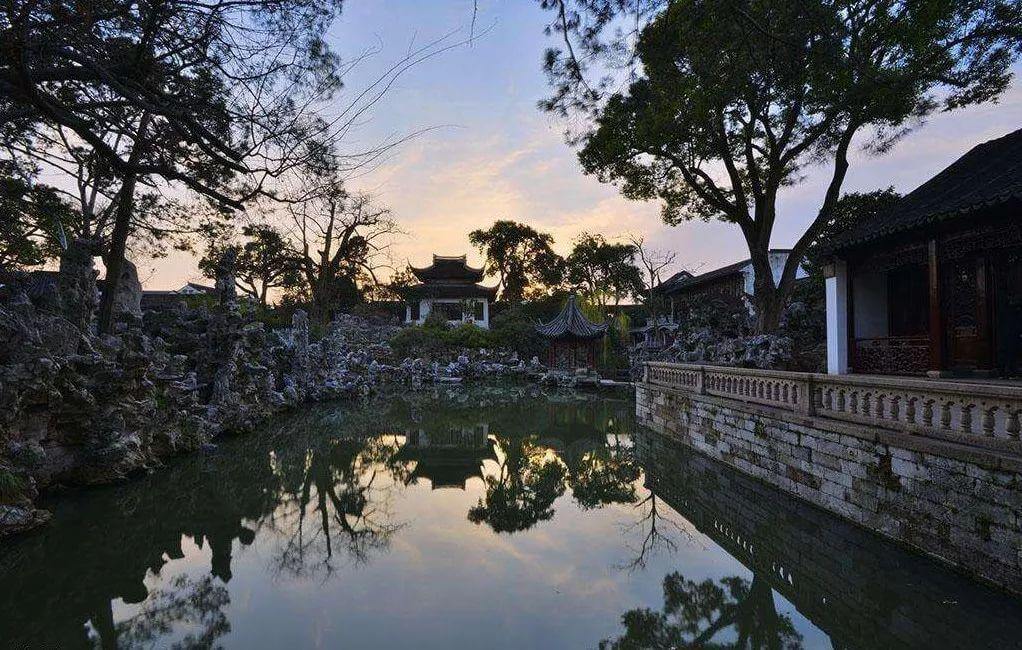
The Humble Administrator’s Garden is centered upon a lake of large size, making up about one fifth of the total area. The buildings are carefully arranged in order to match the natural beauty of lakes, ponds, artificial mountains, and various of vegetation and flora. And therefore, the garden landscape and water scape are simple, extensive and natural, and yet not at all dull since the scenes are distinctive, changeful and of interest.
The garden is divided into three sections – the eastern, middle and the western sections. The middle part is the gem of the garden with clear water, various shaped stones and mountains, elegant buildings 、leafy old trees and colorful flowers. When stepping into the garden, you will find a lake of peaceful water and many ancient cypresses near the bank. To the opposite of the pond is the main building Hall of Distant Fragrance (Yuanxiang Tang). The building is beautifully designed, and the reflection of the pavilions, trees and flowers just make up a beautiful picture. And you may just imagine that you are walking through a 3-D Chinese painting.
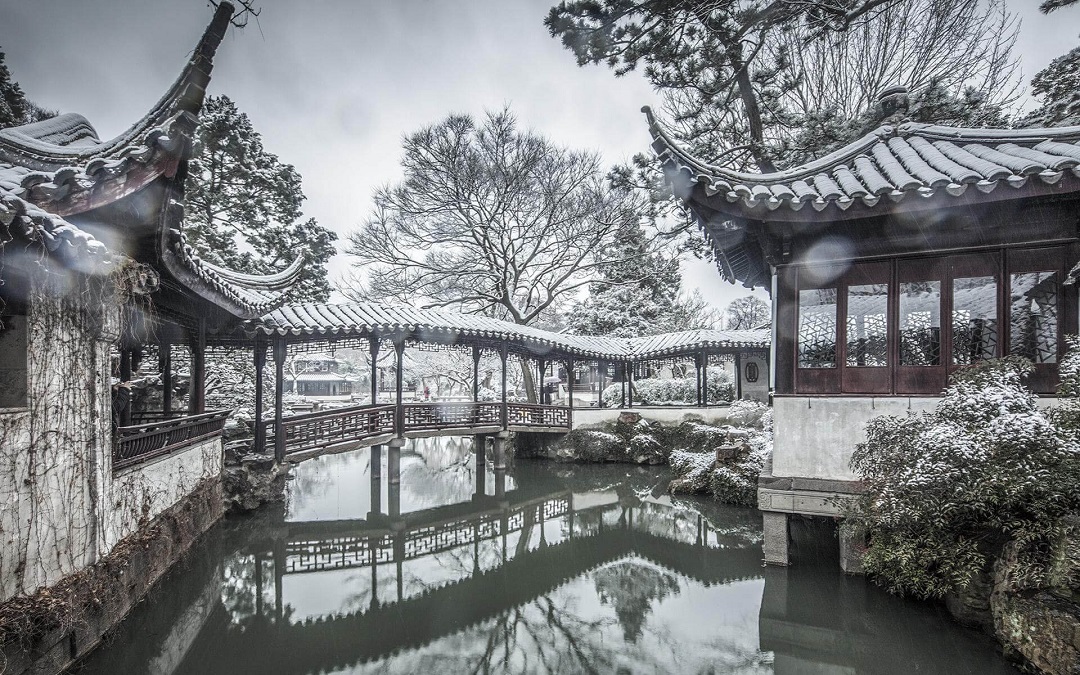
The eastern part of the garden features verdant hills covered with pine and bamboo trees and encircled by winding streams, and an extensive area of grass, flowers, and trees. The highlight spots include the Furong Waterside Pavilion and the Tianquan Pavilion, which are very finely built and make beautiful reflections on the ponds. The peaceful west section has rich water views with a lake at the center, around which are zigzagging corridors and Mandarin Duck Pavilion. There are so many scenes and spots you can discover in the Humble Administrator’s Garden. When you are strolling deeper, the landscapes change and you can linger for a while to take in the distinctive charm of the spots and pick out your favorites. Learn some little stories and history of the spots and you will know it is the literary talent that makes the scenes artistic and poetic.

